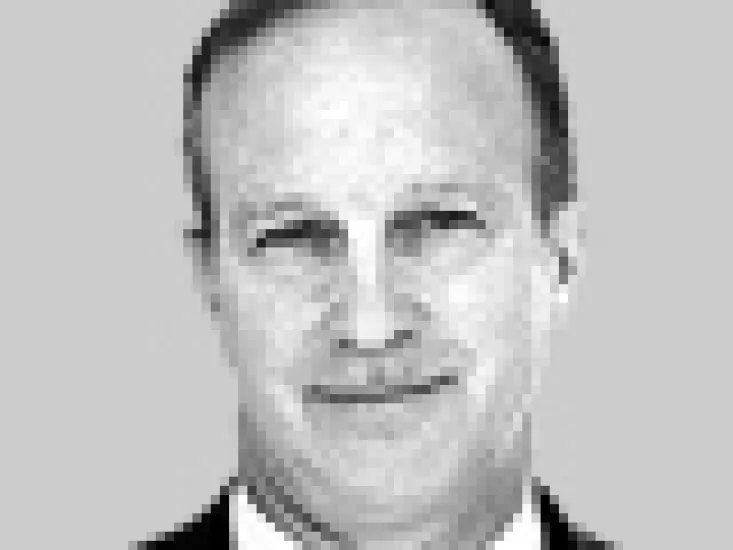
Portfolio Management: Rotate Around a New Core Satellite
The right proportion of a passive management mandate may actually lead to a greater actively managed share. Here’s how.
Ric Thomas
November 22, 2015


